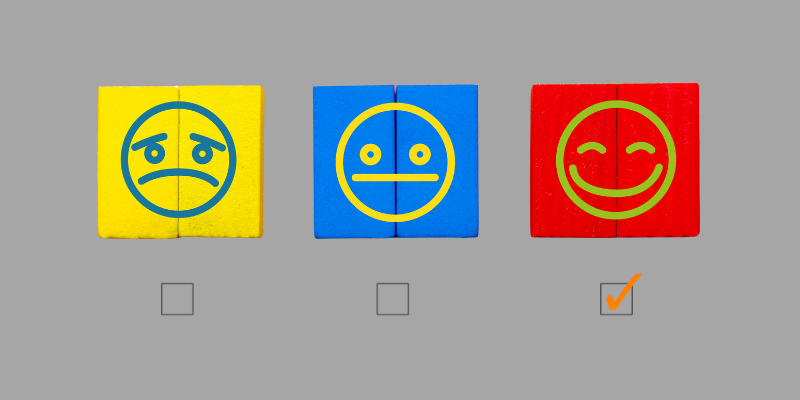Course Quality Self-assessment

One of the key elements that separates good content from great content is the quality of your audio and video. In this guide, we’ll walk you through a checklist of minimum audio and video settings, as well as suggest devices and file formats, to help you create compelling and professional content that engages your audience.
Make sure you meet the following guidelines before starting to create your content. Not meeting these standards may result in your uploads being rejected.
Video Quality
1. Resolution Matters
Shoot your videos in at least 720p (HD), but preferably in 1080p (Full HD) resolution. If possible, aim for 4K (Ultra HD) for future-proofing your content. Suggested devices:
- Entry-level: Smartphone with a good camera (e.g., iPhone, Samsung Galaxy)
- Mid-range: HD Webcam (e.g., Logitech C920); Action Camera (e.g., GoPro); DSLR or Mirrorless camera (e.g., Canon EOS M50, Sony Alpha a6400)
- Pro-level: Cinema cameras (e.g., Blackmagic Pocket Cinema Camera, RED Komodo)
2. Frame Rate
Maintain a consistent frame rate (24, 30, or 60 frames per second) throughout your video for smooth playback.
3. Aspect Ratio
Maintain a 16:9 landscape aspect ratio for your videos, which is the standard for most platforms.
4. Lighting is Key
Use natural light whenever possible, and consider investing in affordable softbox or ring lights for indoor shoots.
5. Steady Shots
Keep your camera steady by using a tripod or gimbal. Avoid shaky footage; it distracts viewers.
6. Composition and Framing
Use the basics of the rule of thirds and apply it to your shots for visually appealing content.
7. Backgrounds
Ensure your background is clutter-free and relevant to your content. Consider using a green screen, background removal or background replacement for versatility.
8. Focus and Exposure
Manually adjust focus and exposure settings where needed for better control over your shots.
9. B-Roll Footage
Incorporate B-roll (additional footage) to enhance your storytelling and maintain viewer interest.
10. File Formats
Save your video in a commonly accepted format such as MP4 or MOV for compatibility with most editing software.
11. Lesson and Course Duration
Our minimum course duration is 30 minutes, and you can make it as long as you want. The aim is to provide high quality content that Learners will want to buy. To keep Learners engaged, break your courses into Modules and Lessons. Lessons should be between 3 and 10 minutes long.
Audio Quality
1. Clear Audio
While the audio from you phone, webcam or camera my be good enough, we recommend Investing in an external microphone to improve audio clarity. A lavalier or shotgun microphone is a great starting point. Suggested devices:
- Entry-level: Lavalier microphone (e.g., PULUZ Wireless Lavalier, Rode SmartLav+)
- Mid-range: Shotgun microphone (e.g., Audio-Technica AT875R)
- Pro-level: XLR microphones (e.g., Shure SM7B, Rode NTG-3)
2. Background Noise
Record in a quiet environment and eliminate background noise as much as possible. Use acoustic treatment to the room with soft furnishings to absorb sound. Noise suppression or noise cancelling software can also help. Many external microphones reduce background noise automatically.
3. Volume Levels
Aim for consistent audio levels throughout your video. Avoid sudden volume spikes caused by speaking to closely to the microphone or changing your pitch too much. This can startle viewers.
4. Audio Editing
Edit your audio to remove any unwanted noise, adjust volume, and enhance overall quality using software like Audacity or Adobe Audition.
5. File Format
Save your audio in a lossless format like WAV or FLAC for maximum quality. When exporting, consider using MP3 or AAC for smaller file sizes without significant quality loss.
General Tips
1. Practice Makes Perfect
Don’t be discouraged if your first attempts aren’t flawless. Keep practicing, and you’ll improve over time.
2. Script and Storyboard
Plan your content in advance. A clear script and storyboard can help you stay on track and deliver engaging narratives.
3. Engage Your Audience
Speak confidently, maintain eye contact with the camera, and be yourself. Authenticity resonates with viewers.
4. Editing Skills
Learn basic video editing to enhance your content. Software like Adobe Premiere Pro, Descipt or free alternatives like Microsoft Clipchamp and DaVinci Resolve are excellent choices.
5. Consistency
Establish a regular posting schedule to build a loyal audience.
6. Interact with Your Audience
Respond to comments and engage with your viewers to create a sense of community.
Remember, the most important aspect of content creation is your passion and dedication. As you continue to create and improve, your skills will evolve, and your content will shine. Keep honing your craft, stay open to learning, and enjoy the journey. Your creativity knows no bounds, and your audience is waiting to be inspired by your exceptional content.
If you have any questions about teaching on YOUniversity, check out our FAQ section. We’re always here to support you on your journey to becoming a successful instructor! Happy teaching!